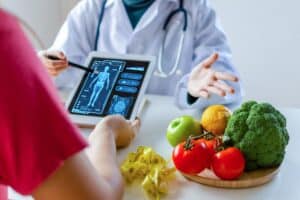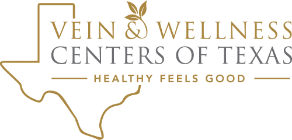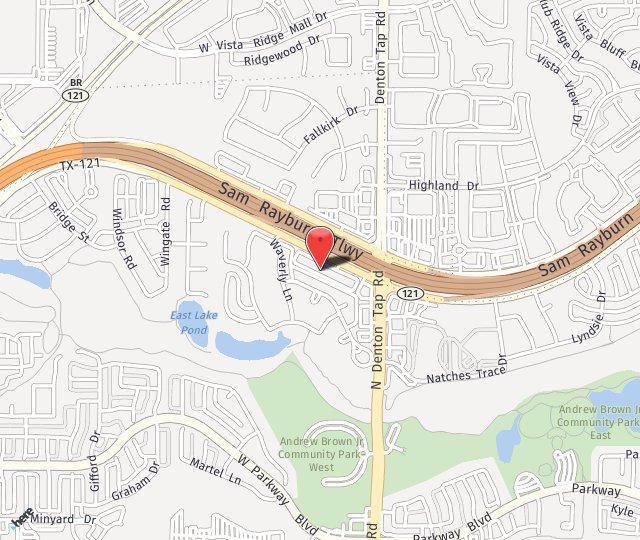
If you’re dealing with heavy, aching legs or bulging, visible veins, you may be wondering what’s causing it—and, more importantly, how to find relief. While genetics and lifestyle habits play a big role, your diet can also influence how and when varicose veins develop.
Dr. Satish Vayuvegula, an award-winning vein specialist and current President of the American Vein and Lymphatic Society, has spent over 20 years helping patients understand and treat vein disease. Board-certified in Venous and Lymphatic Medicine, he brings both clinical expertise and personal experience to every patient interaction.
At Vein & Wellness Centers of Texas, we emphasize how everyday choices—especially nutrition—can impact vein health and symptom progression.
What Are Varicose Veins?
When vein valves fail to keep blood moving upward properly, it can collect and stretch the veins, leading to varicose veins. This causes veins—usually in the legs—to become twisted, swollen, and visible under the skin. While age and heredity are common factors, lifestyle choices like physical activity and diet can reduce or increase your risk. These enlarged veins may also lead to discomfort, aching, or a feeling of heaviness in the legs over time.
How Diet Affects Veins
The foods you eat impact your circulatory system, blood pressure, and body weight—all of which play a role in vein health. Poor dietary habits can worsen inflammation, increase pressure in the veins, and contribute to the development or worsening of varicose veins.
A high-sodium diet, for example, leads to water retention, which can increase pressure in the lower limbs. On the other hand, eating foods that support circulation can promote stronger veins and reduce symptoms.
Foods That Support Healthy Veins
Eating the right foods can support better vein health and potentially lessen the appearance of varicose veins. Consider incorporating the following into your meals:
- Fiber-dense options like oats, beans, fruits, and vegetables to support digestion and reduce pressure on your veins
- Flavonoid-packed foods like citrus fruits, spinach, and blueberries to boost circulation and strengthen vein walls
- Anti-inflammatory foods like garlic, turmeric, and olive oil
- Hydrating with plenty of water to support circulation and prevent swelling
- Limiting salty, sugary, and processed foods that contribute to inflammation and weight gain
Diet Helps, But It’s Not a Cure
While a healthy diet is essential for overall wellness and can ease some symptoms of varicose veins, it won’t eliminate them entirely—especially if they are already advanced. If you’ve noticed worsening symptoms, leg discomfort, or veins that seem to be growing more prominent, it may be time to seek professional help.
Supporting Healthy Veins in Coppell, TX
If you’ve noticed signs of varicose veins or are struggling with discomfort in your legs, Vein & Wellness Centers of Texas is ready to guide you toward lasting relief. Our team in Coppell provides advanced diagnostics and personalized care to help you better understand your vein health and explore the treatment options that are right for you.
To speak with a team member or schedule a consultation, call us at 469-701-4878.

